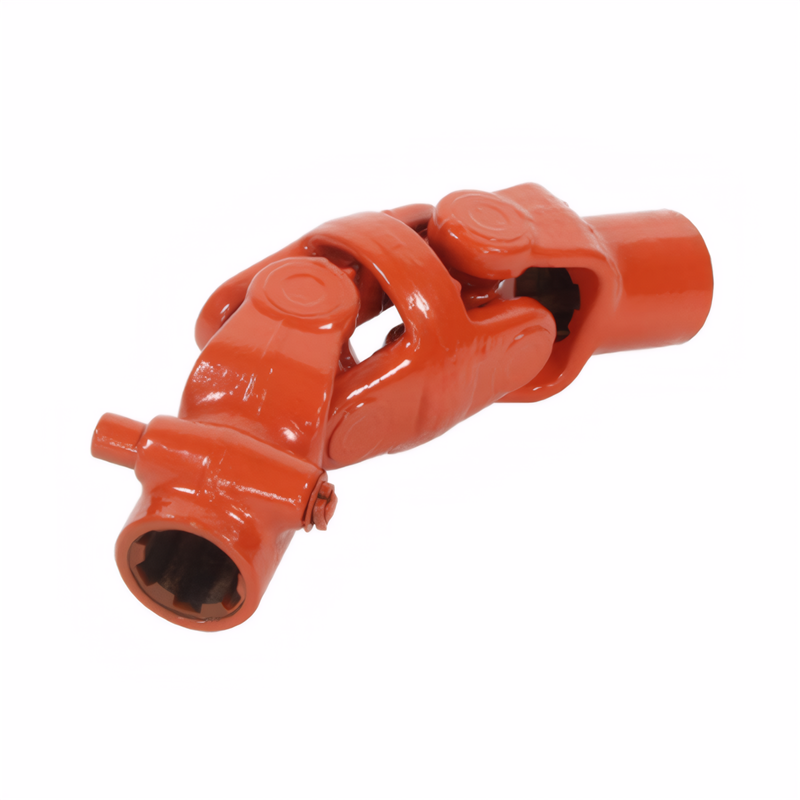Symptoms of wear of the universal joint of the drive shaft
Common Symptoms of Worn Drive Shaft Universal Joints in Automotive Systems
Audible Indicators of Universal Joint Wear
Worn universal joints (U-joints) produce distinct noise patterns during vehicle operation. The most prevalent sound is a rhythmic clunking or knocking during acceleration and deceleration, particularly noticeable when shifting between drive and reverse gears. This noise stems from excessive clearance in worn bearings within the U-joint assembly.
As wear progresses, drivers may detect high-pitched squealing or grinding sounds during sharp turns. These noises indicate metal-to-metal contact in the bearing surfaces, typically occurring when the protective grease has degraded or leaked out. In advanced stages of wear, a constant metallic rattle may emerge during low-speed maneuvers, signaling imminent component failure.
Vibration-related sounds also manifest as harmonic drones between 40-60 Hz at highway speeds. These resonances develop when worn U-joints create angular misalignment in the drive shaft, causing the entire assembly to act as a vibrating element rather than a rigid power transmission component.
Performance Degradation from Compromised Components
Drive shaft U-joint wear directly impacts vehicle dynamics. The most immediate effect appears as torque fluctuation during acceleration, creating a pulsing sensation through the drivetrain. This phenomenon occurs because worn U-joint bearings cannot maintain consistent angular velocity, causing intermittent power interruptions.
Steering response becomes sluggish when U-joint wear affects front-wheel-drive or all-wheel-drive systems. The compromised joints introduce play in the half-shafts, requiring additional steering input to maintain vehicle trajectory. This delayed response becomes particularly noticeable during low-speed parking maneuvers and high-speed lane changes.
Fuel efficiency typically decreases by 5-10% in vehicles with worn U-joints. The drivetrain requires additional energy to compensate for the mechanical inefficiencies created by the worn components, with the engine operating at higher loads to maintain desired speeds. This efficiency loss becomes measurable through onboard diagnostics systems tracking powertrain load factors.
Physical Manifestations of Component Failure
Visual inspection often reveals telltale signs of U-joint deterioration. Grease leakage around the bearing caps indicates failed seals, allowing contaminants to enter and accelerate wear. In severe cases, rust trails may form along the drive shaft where lubricant has completely escaped the joint housing.
Excessive movement becomes apparent when manually manipulating the drive shaft. A properly functioning U-joint should exhibit less than 5° of angular play when rotated by hand. Any detectable looseness suggests bearing cage wear or cross-pin elongation, both requiring immediate attention to prevent catastrophic failure.
The most critical physical symptom appears as visible cracks or deformation in the U-joint yoke. These structural failures typically occur after prolonged operation with worn bearings, creating stress concentrations that eventually lead to component fracture. Regular inspection for hairline cracks using dye penetrant testing can prevent sudden drive shaft separation during operation.
 The inspection method for the
The inspection method for the
 Symptoms of wear of the univer
Symptoms of wear of the univer
 Analysis of the Causes of Abno
Analysis of the Causes of Abno
 The ability of the drive shaft
The ability of the drive shaft
 简体中文
简体中文 English
English
